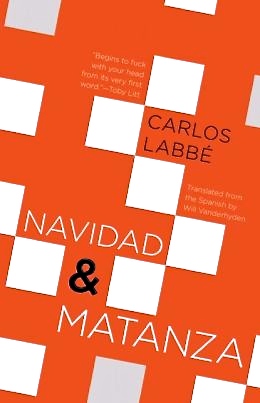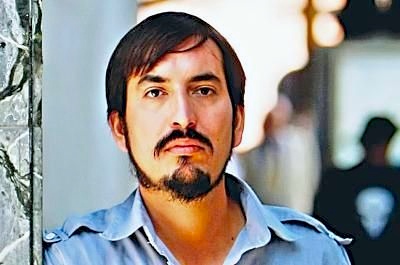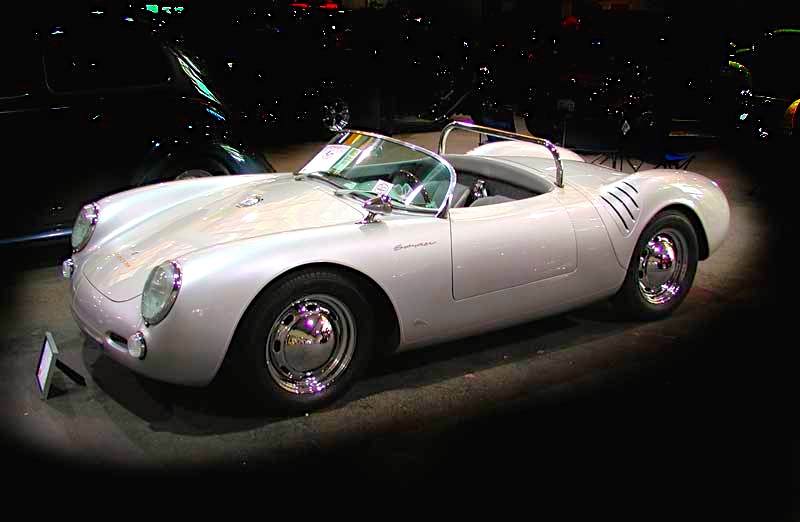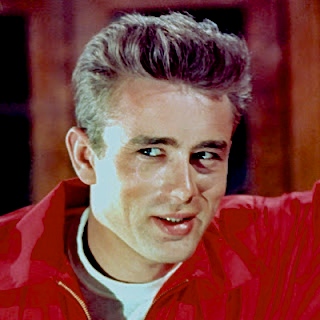Note: Carlos Labbe, born in Chile in 1977, has been declared one of Granta’s “Best Young Spanish Novelists.” He is the author of six novels.
“I must admit that I abhor articles that begin this way: Life imitates art. I deplore equally both pretentious and self-referential journalism and above all, journalism that lacks documentation. Art…doesn’t imitate life or vice versa, for the same reason that people normally hang mirrors in the bathroom or behind the door and not on the bedroom wall facing the bed.” – comment by Domingo.
 A great deal of fun mixes with nightmare in this surprising and complex novella about writing in general, and about all the permutations of truth vs. fiction, and reality vs. the imagination. The speaker, named Domingo, is participating in a writing experiment/game with six other journalists, named Lunes, Martes, Miercoles, Jueves, Viernes, and Sabado, representing the days of the week, and they are living in a laboratory with limited access. “It’s not even top secret…Rather, to the world, it doesn’t exist. So if for some reason I were to forget my name…I’d die empirically: the possibility of anyone remembering me would die as well.” The seven participants, all among the top students in the Biology Department at the Universidad de Chile, have expressed an interest in discovering “what is beyond science,” and they have volunteered for this writing project. Each participant writes part of a story for others to complete. If the project fails, or if an individual student fails, the organization eliminates that person. At least four, possibly five, of Domingo’s fellow players, have disappeared. “There is only one way to stay alive: make it to the end.”
A great deal of fun mixes with nightmare in this surprising and complex novella about writing in general, and about all the permutations of truth vs. fiction, and reality vs. the imagination. The speaker, named Domingo, is participating in a writing experiment/game with six other journalists, named Lunes, Martes, Miercoles, Jueves, Viernes, and Sabado, representing the days of the week, and they are living in a laboratory with limited access. “It’s not even top secret…Rather, to the world, it doesn’t exist. So if for some reason I were to forget my name…I’d die empirically: the possibility of anyone remembering me would die as well.” The seven participants, all among the top students in the Biology Department at the Universidad de Chile, have expressed an interest in discovering “what is beyond science,” and they have volunteered for this writing project. Each participant writes part of a story for others to complete. If the project fails, or if an individual student fails, the organization eliminates that person. At least four, possibly five, of Domingo’s fellow players, have disappeared. “There is only one way to stay alive: make it to the end.”
Writing his own story in code so that some trace of him may remain when the experiment ends, Domingo admits that he is not really Domingo, and that he “will probably insert pieces of pure, hard reality into the story I’m going to tell you.” He quickly shifts to a memory from 1999, a time in which writers were forbidden to write about the “disappeared” who had vanished during the rule of Augusto Pinochet, former President of Chile and leader of the Army from 1973 – 1998, a situation which obvious parallels the speaker’s lab situation with its “non-existent game.” During the Pinochet years, journalists often investigated disappearances on their own, and Domingo has been particularly haunted by the disappearance of a brother and sister, Bruno and Alicia Vivar, ages 19 and 14, who disappeared from Navidad, a small town regarded as the “gateway” to the central Chilean coast, near its “twin village” of Matanza. Many people claim to have seen Bruno over the ensuing years, always in the company of Boris Real, a shady character whose last name makes his allegorical role clear. Only two people claim to have seen Alicia.

Hand of the Desert by Mario Irrazabal, in the Atacama Desert. The body of someone known to the speaker was found here, in the north of Chile.
As author Carlos Labbe writes this metafictional novel, the reader comes to know characters in several different incarnations, with one character having at least five different names and roles in the novel, his real (sixth) identity becoming clear only through the ending. The author refuses to draw a line between fantasy and reality, shifting between what he says is real and what he later denies as real, since “reality” is variable according to circumstances. The journalist’s original information about the missing children has changed over time, and as the children are shown at different ages, their mysterious disappearance becomes more bizarre, and the reader’s perceptions of these children change with the narrators. At the lab where the journalist participates in the writing experiment, even one’s own reflection can become that of someone else. At one point, a “new” speaker, Labbe himself, whose own name means “priest,” inserts himself into the action, confessing that “I entertained myself by planning the disappearance of the journalist, whom I’d succeeded in establishing as the protagonist-narrator confronting the truth of the Vivar case: [but] there was no truth. It was all a farce.”
The game of the journalist and his friends, and the overall objectives of Labbe himself, are far from benign, and as the novel progresses, it becomes much more than a philosophical study of reality vs. imagination. It also shows the horrors which can inhabit the human mind. Much of that horror is revealed in the later sections of this book when grotesque flights of imagination and nightmare dominate. In one episode, actor James Dean dies in his Porsche 550 Spyder in 1955, a nightmare developed to monstrous fictional conclusions which no reader will ever forget. That rare Porsche 550 Spyder reappears elsewhere in the novel to remind us of the nightmare.
Trust does not and cannot exist here, especially in the reader’s relationship with the author, whose goal is not to befriend or to entertain him, but to use, even trick, him, to advance the story. The action becomes more grotesque (and more allegorical), as the author includes symbolism to show the contrast between good and evil, beginning with the setting: “Navidad,” one of the “twin” towns on the Chilean coast where the action occurs, refers to the birth of Christ, a sublime event symbolizing perfect goodness. “Matanza,” its twin village, by contrast, means “killing, or massacre.” By conjoining these two villages, the author shows how, in reality and in the writer’s imagination, both sublime goodness and horrific evil can exist simultaneously. Truth and the reader’s trust of the author are strained even further by the discovery that the father of the missing children is a game company executive, and that the mother is a distinguished journalist.
The drug “hadon” (meaning “heathen” in German) appears both in the laboratory in which the journalist is working and in the novel itself, a drug which, we are told, creates “the ecstasy of hate.” Hadon-fueled riots and chaos at the “Transensorial Beyond Seasons Celebration,” held at an all-night festival on the Matanza beach, are associated with the “theremin,” a musical instrument played on the beach by Patrice Dounn (whose name means “dark” or “muddy.”) The theremin, an extraordinary and little known musical instrument, also defies reality. The player never touches it in any way, its sound resembling that of “a female robot, singing with her mouth shut in the shower.”
A novel so full of fascinating, and sometimes bizarre, images and ideas that I read it twice (and could easily go back and read it again!), Navidad and Matanza will completely occupy the most demanding of readers. As a “literary descendant of Roberto Bolano,” author Carlos Labbe creates a memorable and utterly absorbing story which defies genre, bringing to life his themes of reality, imagination, and their connections to good and evil in unique and unforgettable ways.
NOTE: The theremin and its player occupy an important role in this novel. It is an early electronic instrument invented by Leon Theremin in Russia in 1928. According to Wikipedia: The instrument’s controlling section usually consists of two metal antennas which sense the relative position of the thereminist’s hands and control oscillators for frequency with one hand, and amplitude (volume) with the other. The electric signals from the theremin are amplified and sent to a loudspeaker. See video below:
Photos, in order: The author’s photo appears on http://quarterlyconversation.com
“Hand of the Desert,” by Mario Irarrazabal is in the Atacama Desert, where the body of someone known to the speaker was found. http://coolthingsinrandomplaces.com
The Porsche 550 Spyder, the same model as that driven by James Dean when he died, may be seen here: http://www.automotoportal.com/photos/strange-cars-you-dont-see-every-day/7
James Dean’s portrait is from http://terrigoldphoto.blogspot.com
The beach at Matanzas at dusk may be found on http://en.wikipedia.org
ARC: Open Letter Books




